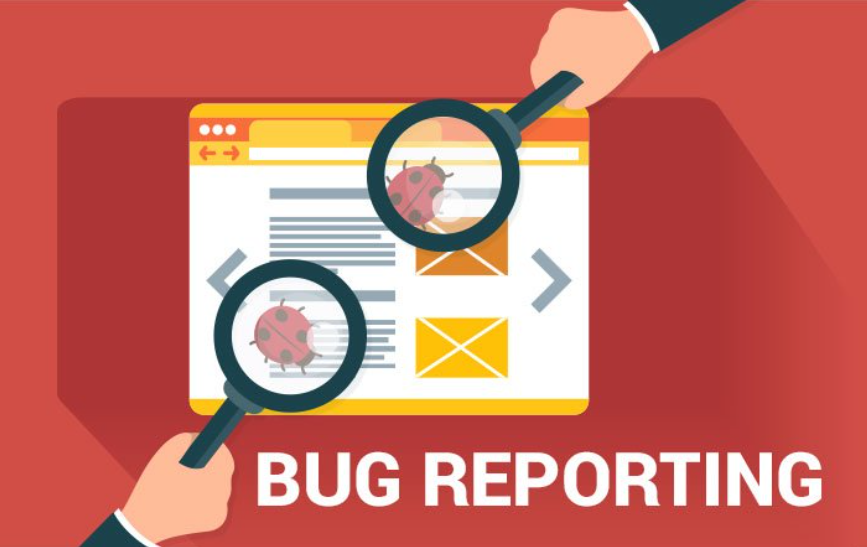
Automation testing has revolutionized the software development process, making it faster, more efficient, and less prone to human error. However, like any other testing process, automation testing can't guarantee a bug-free application. Bugs are inevitable, and how you report them can significantly impact the development cycle.
In this blog, we'll explore the importance of bug reporting in automation testing and provide some best practices to help you become a bug-reporting maestro.
Significance of Bug Reporting
Bug reporting serves as the bridge between the testing team and the development team. It's the crucial step that enables a seamless flow of information about defects in the application. Here's why effective bug reporting is essential in automation testing:
Clear Communication: Bug reports provide a clear and detailed account of the issue, making it easier for developers to understand the problem. This helps avoid misunderstandings and minimizes back-and-forth communication.
Efficient Problem Solving: Well-documented bug reports help developers identify and fix issues faster, reducing the overall development time and cost.
Tracking and Accountability: Bug reports serve as a record of issues, making it easier to track their status and assign accountability. This is crucial for project management and quality assurance.
Best Practices for Bug Reporting in Automation Testing
Reproducibility is Key: Before reporting a bug, make sure you can reproduce it consistently. A bug that can't be replicated is challenging to fix.
Use a Standard Template: Standardize your bug report format to ensure all essential information is included. A typical bug report should include:
Title/Summary: A concise description of the issue.
Steps to Reproduce: A step-by-step guide on how to replicate the bug.
Expected and Actual Results: Clearly state what you expected to happen and what actually happened.
Environment Details: Include information about the test environment (e.g., browser, OS, device).
Attachments: Screenshots, logs, or any other relevant files.
3. Be Descriptive: Use clear and concise language to describe the bug. Avoid ambiguous terms like "it doesn't work." Instead, provide specific details about the problem's nature.
4. Prioritize Bugs: Not all bugs are created equal. Use a priority system to categorize bugs based on their severity and impact. This helps the development team focus on critical issues first.
5. Provide Context: Explain why the bug is significant. How does it affect the user experience, and what are the potential consequences if left unfixed?
Include Test Data: If applicable, provide sample data or test cases that trigger the bug. This can be invaluable for developers trying to recreate the issue.
Use a Bug Tracking Tool: Consider using bug tracking tools like JIRA or Trello to streamline the bug reporting process. These tools often have built-in features for prioritization and progress tracking.
Regularly Follow Up: Once you've reported a bug, stay engaged with the development team. Ask for updates and provide additional information if necessary. Be prepared to retest the issue when it's marked as fixed.
Example: Simple Bug Report
Title: Login Button Not Working Steps to Reproduce: 1. Open the application. 2. Go to the login page.
3. Add the username and password 4. Click on the "Login" button. Expected Results: The application should log me into my account. Actual Results: Nothing happens when I click the "Login" button. Environment Details: - Browser: Google Chrome - Operating System: Windows
This example demonstrates the importance of clear and concise bug reporting, expected vs. actual results, environment information, and any additional context or attachments that can help in understanding and resolving the issue. The level of detail in a bug report may vary based on the complexity and severity of the bug, but the goal is always to make it easy for developers to identify and fix the problem. By following best practices like clear communication, standard templates, and prioritization, you can become a proficient bug reporter, contributing to smoother development cycles and better software quality. Remember that effective bug reporting is not just a skill; it's an essential aspect of being a valuable member of the software testing team.
Happy Learning..!!!!
_edited_edited.png)